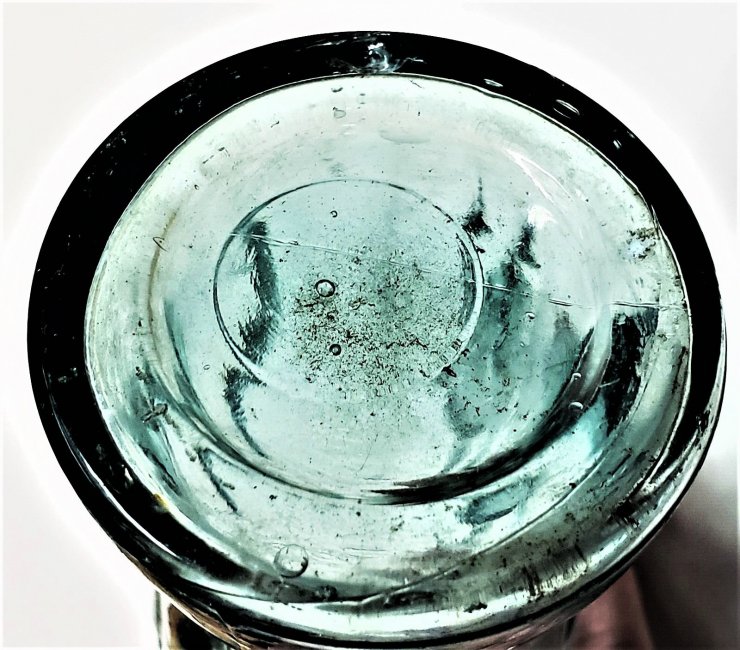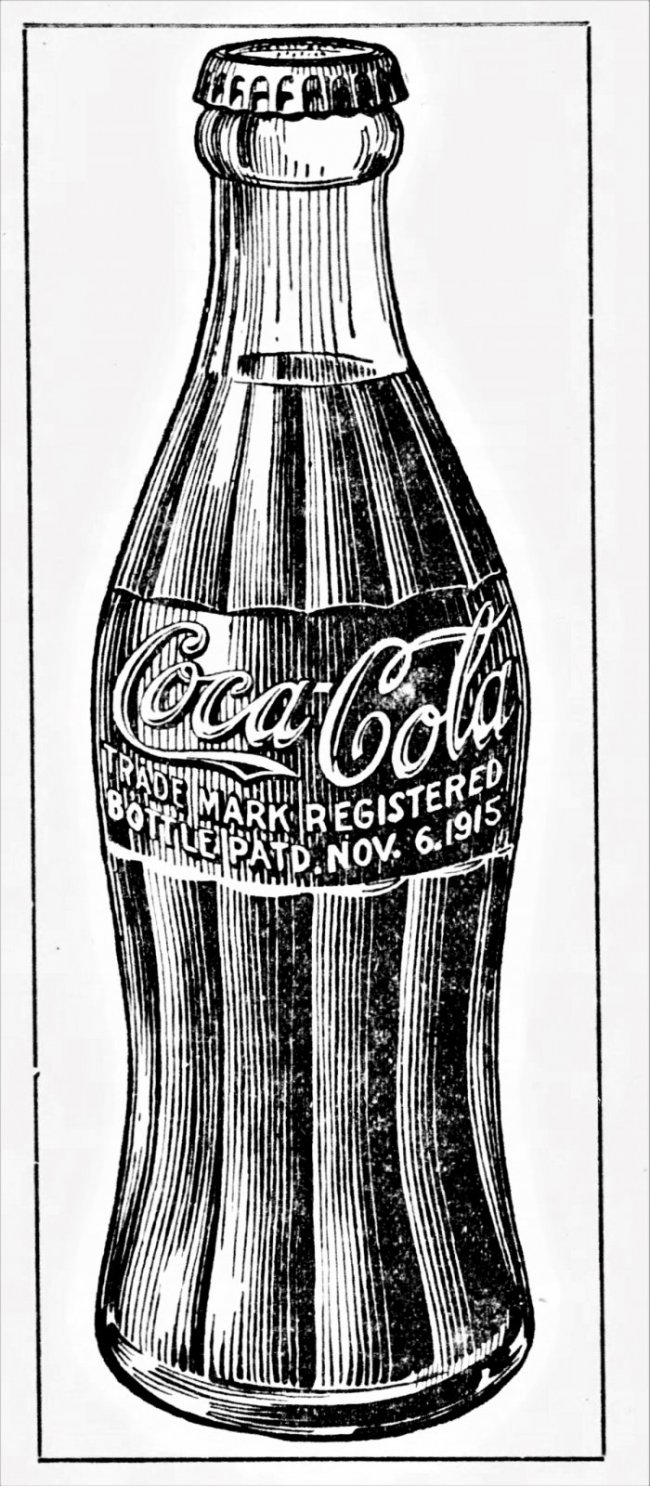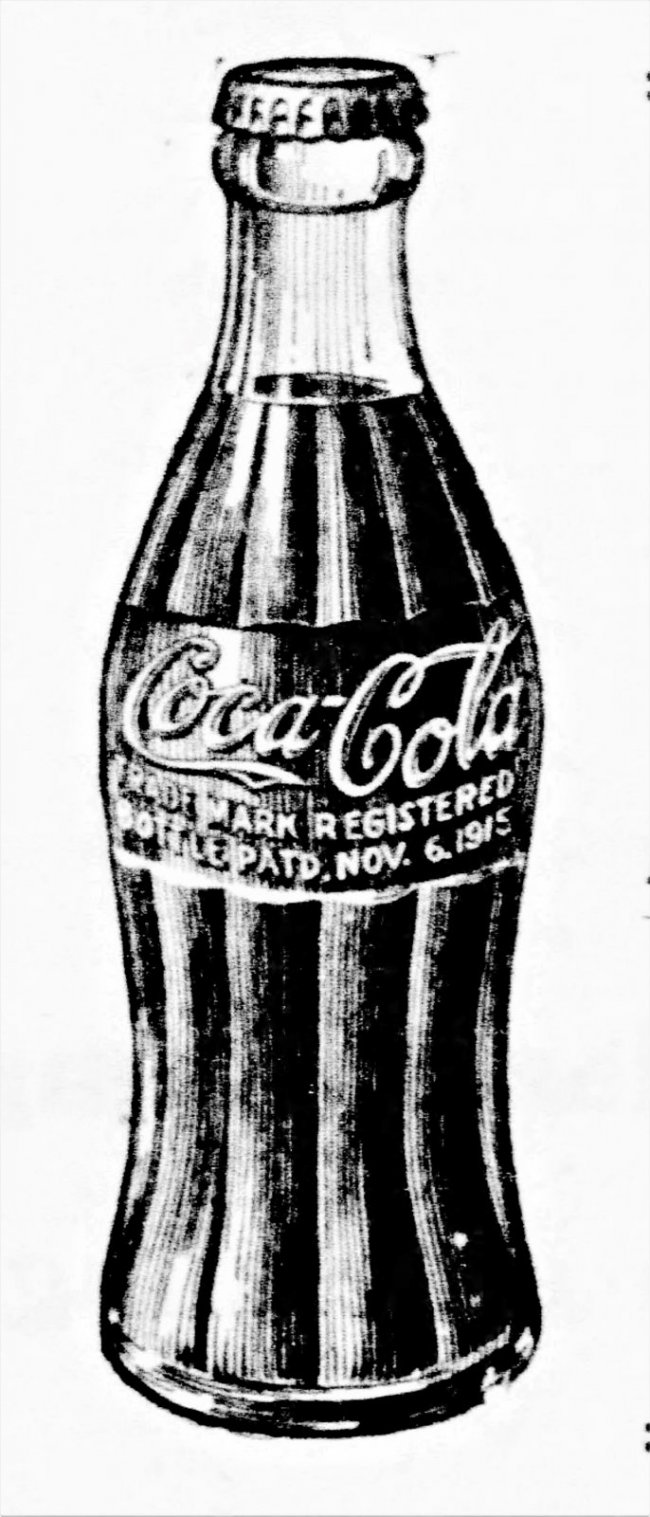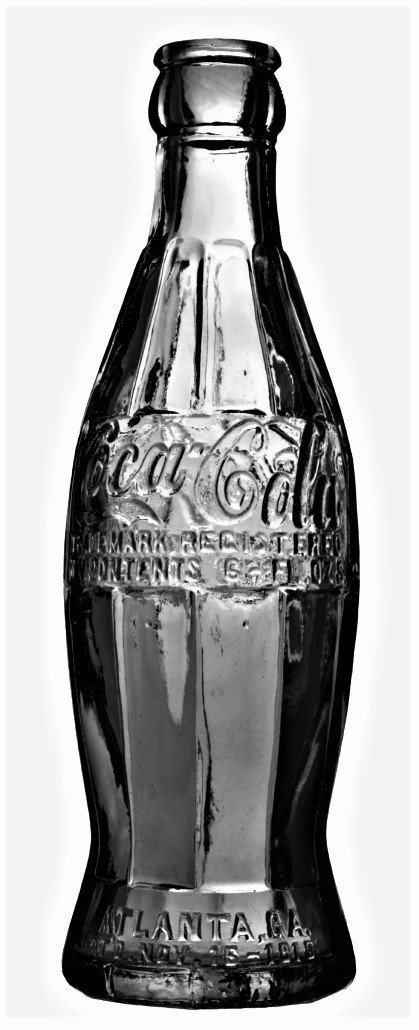SODABOB
Well-Known Member
- Joined
- Aug 10, 2016
- Messages
- 2,121
- Reaction score
- 481
- Points
- 83
Speaking of bottle machines, I'm seeing some indicators that my ice blue bottle might have been machine made and not hand blown. You may recall my discussing this earlier where I mentioned the perfect circle on the base. According to various sources the circle may be what is often referred to as a valve mark. Apparently, it is only found on machine made bottles. Even though my bottle has a lot of bubbles and offset seams that are typical of blown bottles, the circle on the base seems to be evidence that it was machine made. Apparently, hand blown bottles would never have that characteristic. Even though I'm ok with that, it adds a little more clarity and/or mystery about blown bottles verses machine bottles. The circle on my bottle measures about 1 inch in diameter - which is about 25 millimeters.
Bob
Bob
Attachments
Last edited:






